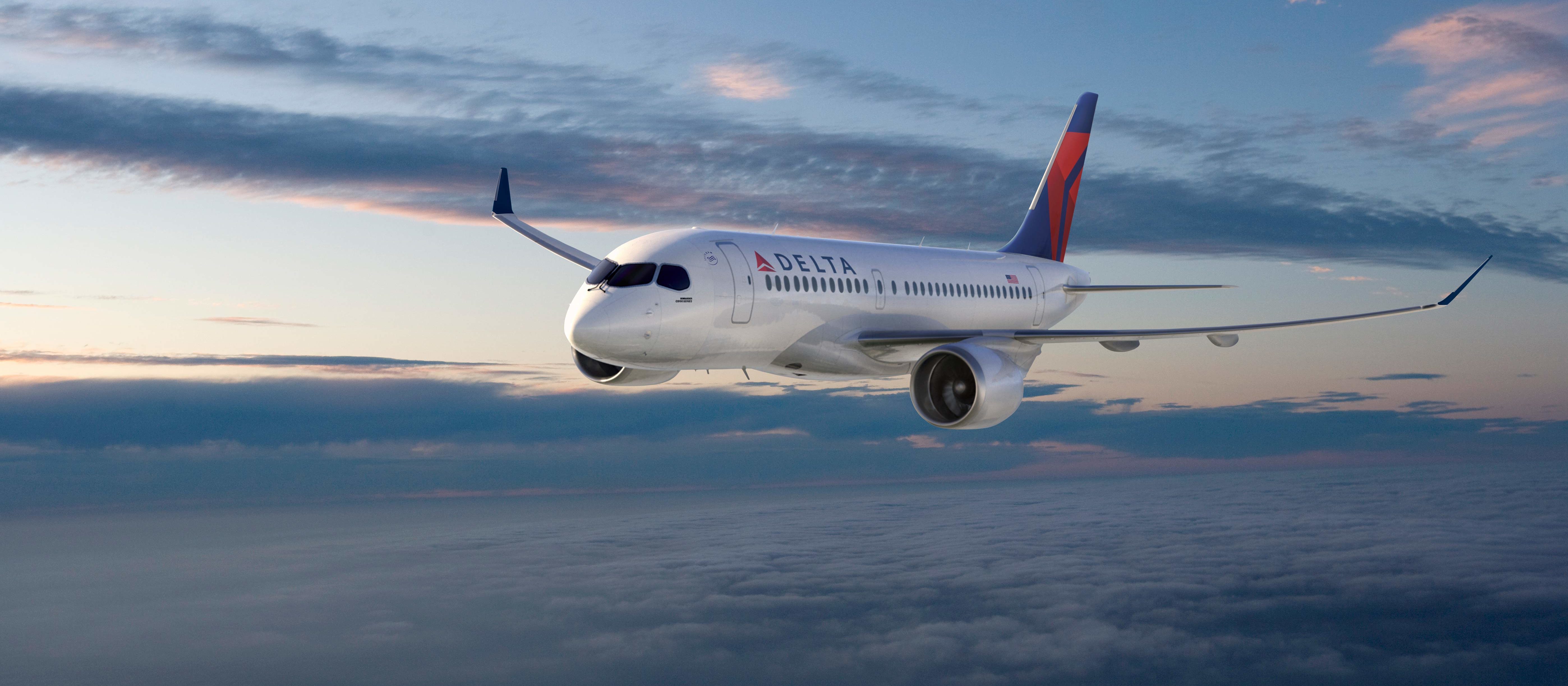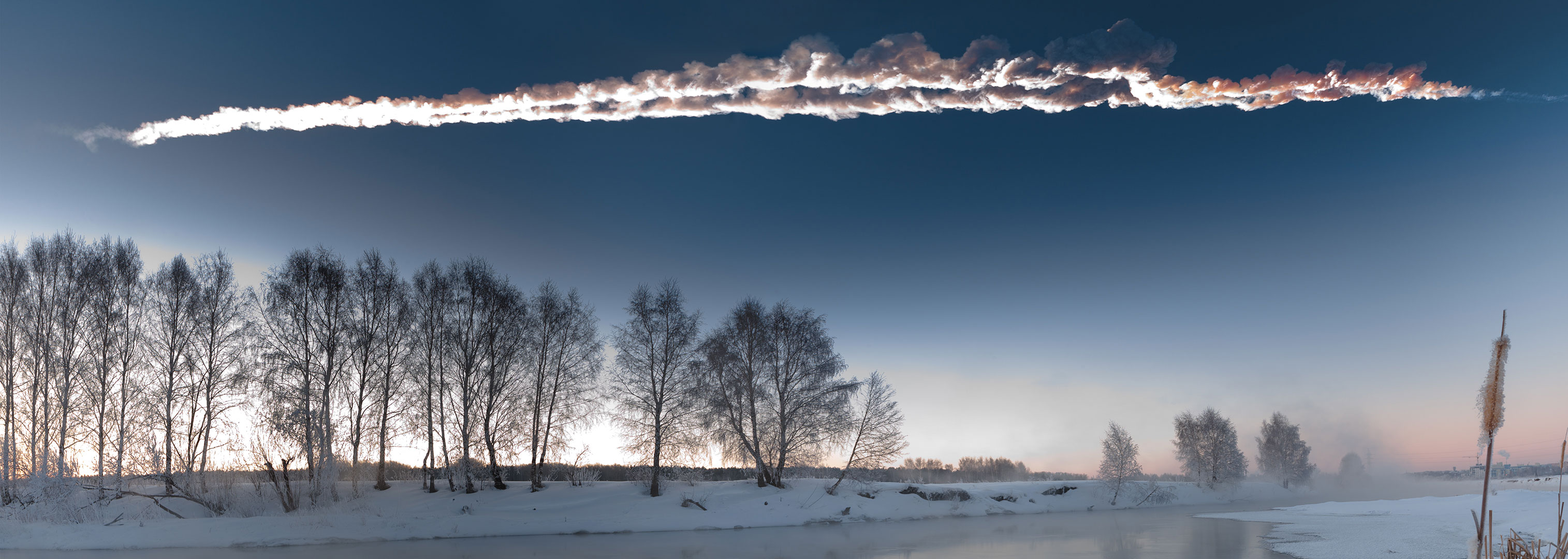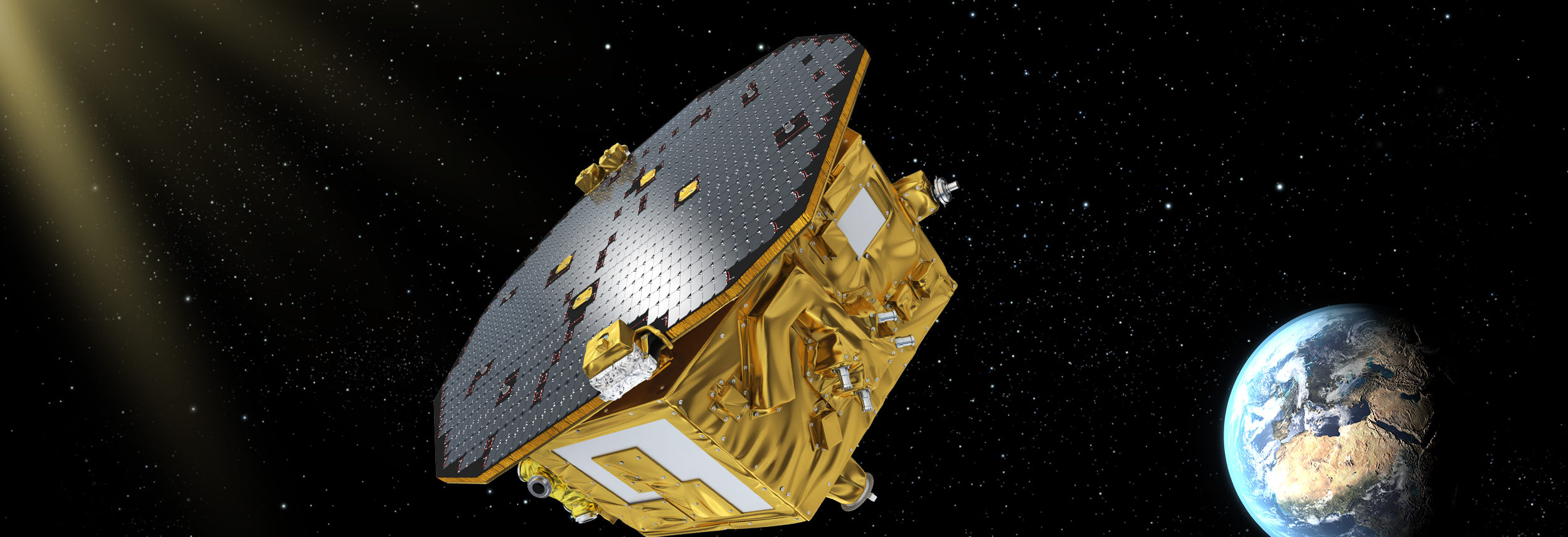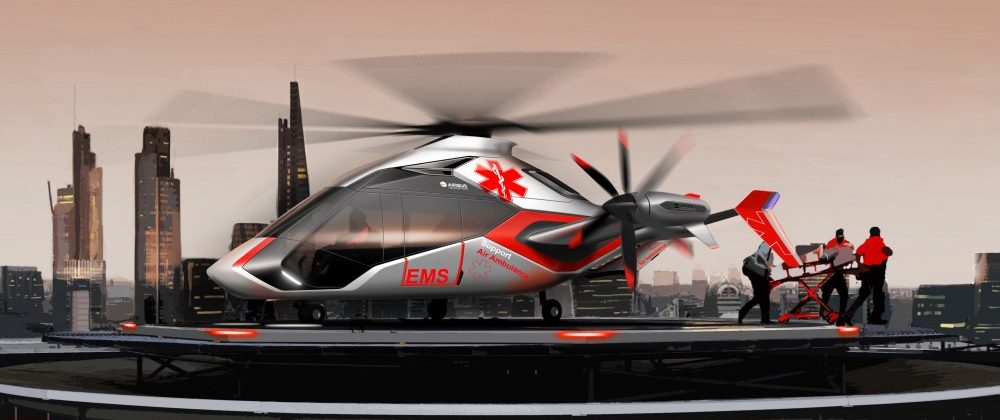Airfoil Design for a Vertical Axis Wind Turbine
With the depletion of fossil fuels, increasing emissions, and the inevitability of global warming, the interest in renewable energy grows. Conventional solutions, like horizontal axis wind turbines, are reaching the limits of their capabilities. Therefore, there is renewed interest in other models, such as the Vertical Axis Wind Turbine (VAWT).
While there are multiple variations on the VAWT, the most viable one is the Darrieus turbine, patented in 1932 (Darrieus, 1931). This turbine operates on the principle of aerodynamic forces acting on vertically placed blades, spinning around an offset center. When enough torque is generated, power is produced. The advantages of this configuration are that it is easily scalable, will not suffer from gravitational loads and ha...






